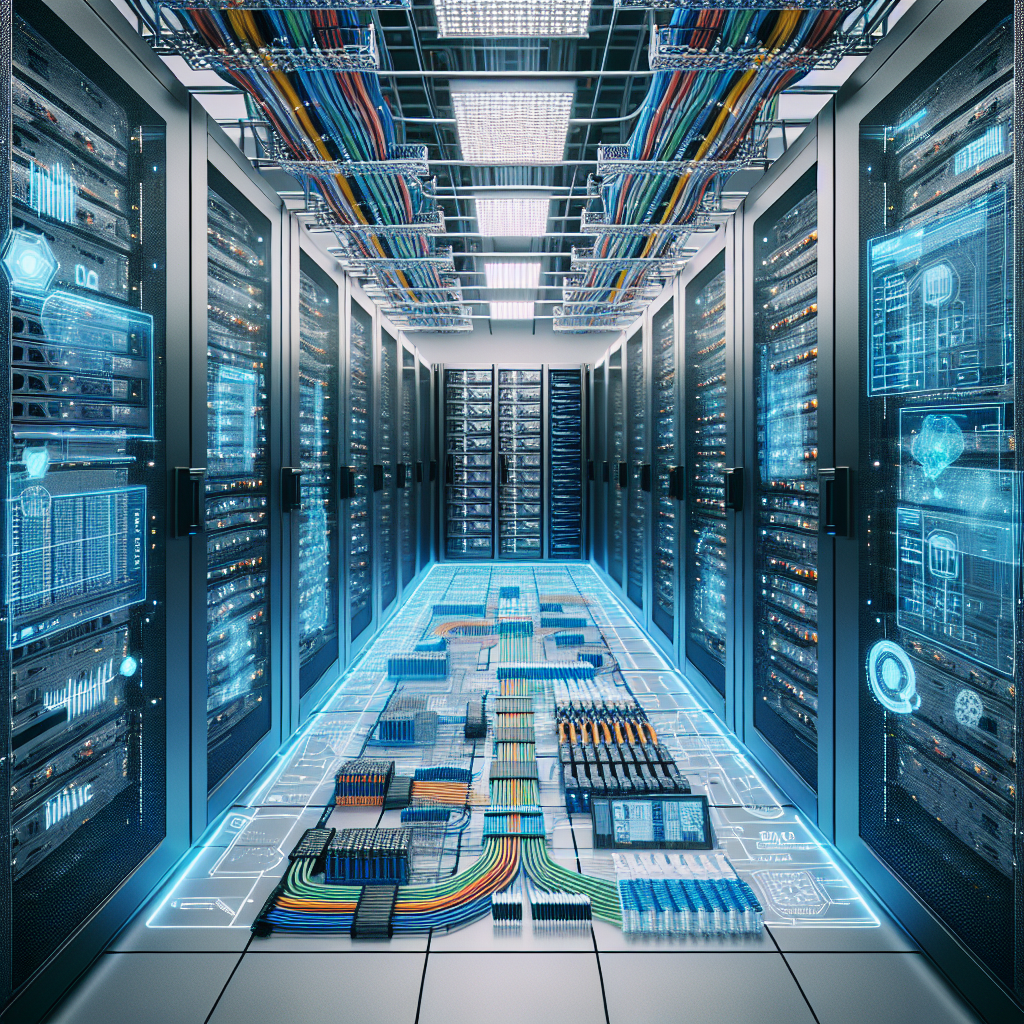In today’s digital age, data centers play a crucial role in storing, processing, and managing vast amounts of data. As the demand for faster and more efficient data processing continues to grow, the need for structured cabling in modern data centers has become increasingly important.
Structured cabling refers to the standardized system of cables, connectors, and related hardware used to create a reliable and efficient network infrastructure. In data centers, structured cabling plays a key role in ensuring that data can flow seamlessly between servers, storage devices, and networking equipment.
One of the key trends in structured cabling for modern data centers is the move towards higher speeds and greater bandwidth. As data center applications become more data-intensive, the need for faster and more reliable connectivity has never been greater. To meet these demands, data centers are increasingly adopting technologies such as Category 8 Ethernet cables, which can support speeds of up to 40 gigabits per second over short distances.
Another important trend in structured cabling is the adoption of fiber optic cables. Fiber optic cables use light signals to transmit data, allowing for much faster speeds and greater bandwidth than traditional copper cables. In modern data centers, fiber optic cabling is becoming increasingly popular for connecting servers, storage devices, and networking equipment.
In addition to speed and bandwidth, data center operators are also focusing on the scalability and flexibility of their cabling infrastructure. With the rapid growth of data volumes, data centers need to be able to easily expand and adapt their cabling infrastructure to meet changing demands. Structured cabling systems that are modular and easy to upgrade are becoming increasingly important in modern data centers.
Finally, the increasing importance of data security is also driving changes in structured cabling technologies. With the rise of cyber threats and data breaches, data center operators are looking for ways to secure their cabling infrastructure against unauthorized access and tampering. Technologies such as secure enclosures, cable management systems, and biometric access controls are being increasingly deployed in modern data centers to enhance security.
In conclusion, structured cabling plays a crucial role in modern data centers by providing the reliable and efficient network infrastructure needed to support the growing demands of data processing and storage. With trends towards higher speeds, greater bandwidth, scalability, and security, data center operators are continually looking for ways to enhance their cabling infrastructure to meet the evolving needs of the digital world. By staying up to date with the latest trends and technologies in structured cabling, data center operators can ensure that their facilities remain at the forefront of data processing and storage capabilities.


Leave a Reply